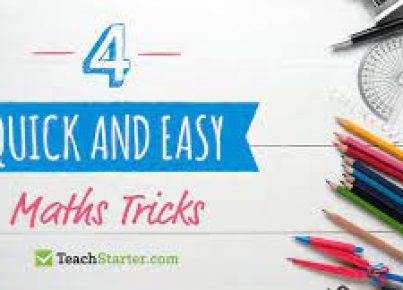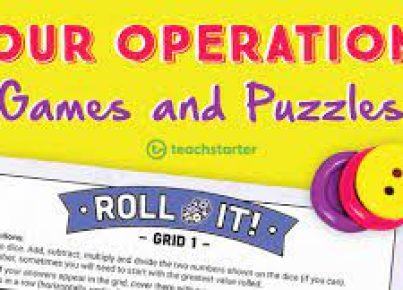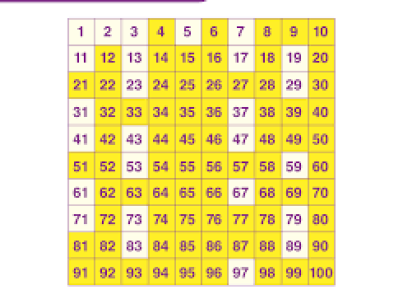Understanding measurement is fundamental in mathematics education, but it can be a challenging concept to teach to young minds. Engaging students with hands-on, practical activities can be an excellent way to help them grasp the ideas of size, volume, and length. Recently, a resourceful page on Teach Starter delved into the best informal measurement activities that are both enjoyable and educational.
The article emphasizes the importance of informal measurement activities as they make learning meaningful by connecting to real-world experiences. These activities allow children to explore and understand measurement using objects from their environment, without initially worrying about standard units of measurement.
One clever activity mentioned is the ‘Measuring with Paper Clips’. This task involves asking students to estimate and then measure the length of various objects using paper clips. Not only does this exercise promote understanding of length comparison, but it also helps in developing estimation skills.
‘Footprint Measuring’ is another imaginative activity where students trace around their foot on a piece of paper and cut it out. They use their paper footprint as a non-standard unit of measure to find the length of different items in the classroom. It’s a physical and visual way to comprehend the concept of length.
For volume, the ‘Water Play’ activity suggests using different sized containers in a water tray. Students can fill up various containers with water and pour them into others to see which holds more or less. This sensory activity is not only fun but also instills a basic understanding of volume and capacity.
Team games can also be beneficial for teaching measurement. ‘Long Jump Measurement’ gets children outdoors where they can jump as far as possible and measure their jumps using non-standard units like feet or even hand spans.
The beauty of these informal measurement tasks lies in their simplicity and adaptability. They can be easily modified to suit different ages or abilities and do not require expensive materials. Additionally, these tactile experiences are more likely to stick with young learners versus traditional textbook methods.
Overall, integrating informal measurement activities into the classroom is shown to be an effective strategy for teaching these foundational math skills while keeping students active and engaged. This approach paves the way for a deeper understanding when kids are later introduced to standard units of measurement in more formal educational settings.





